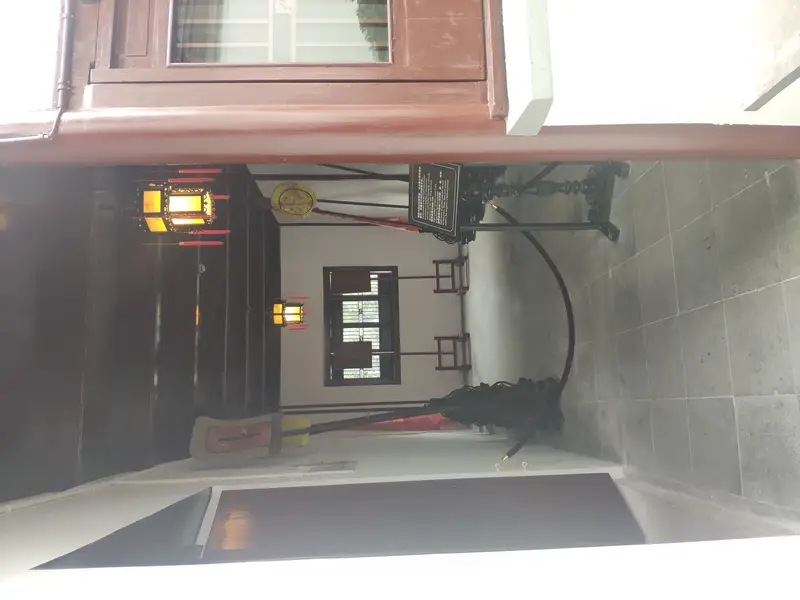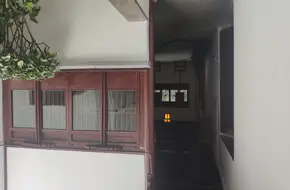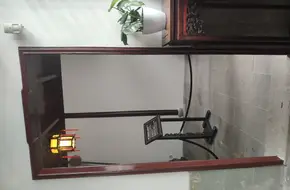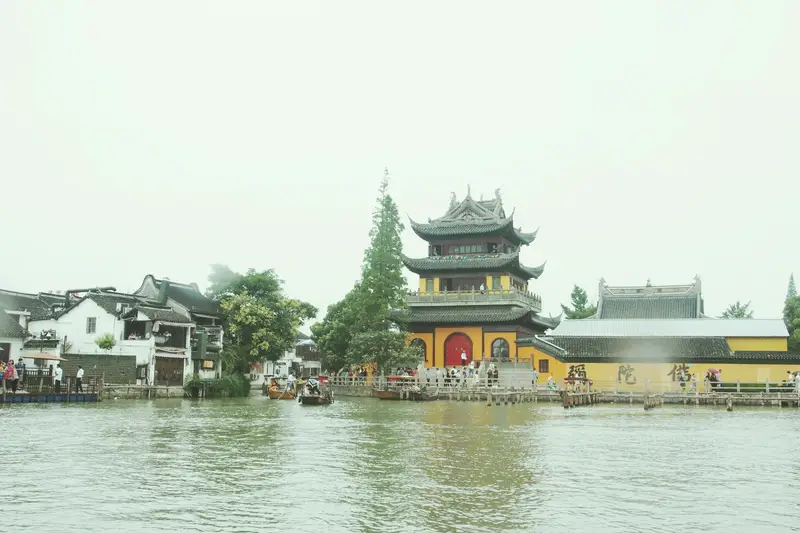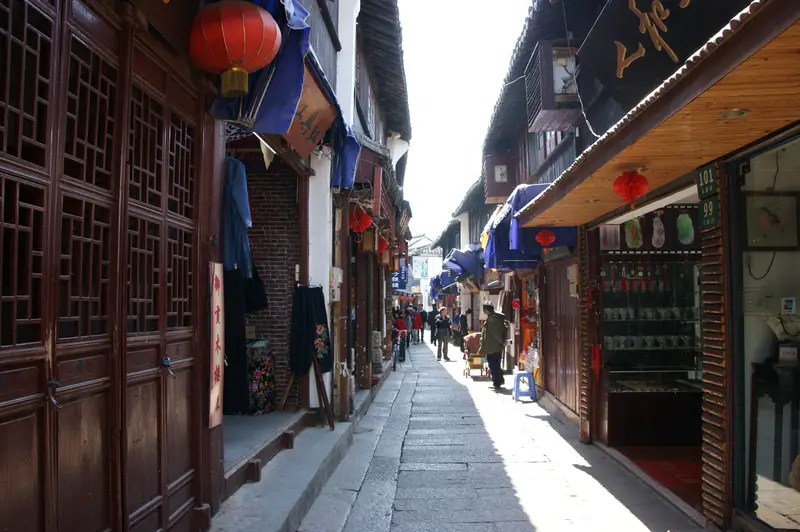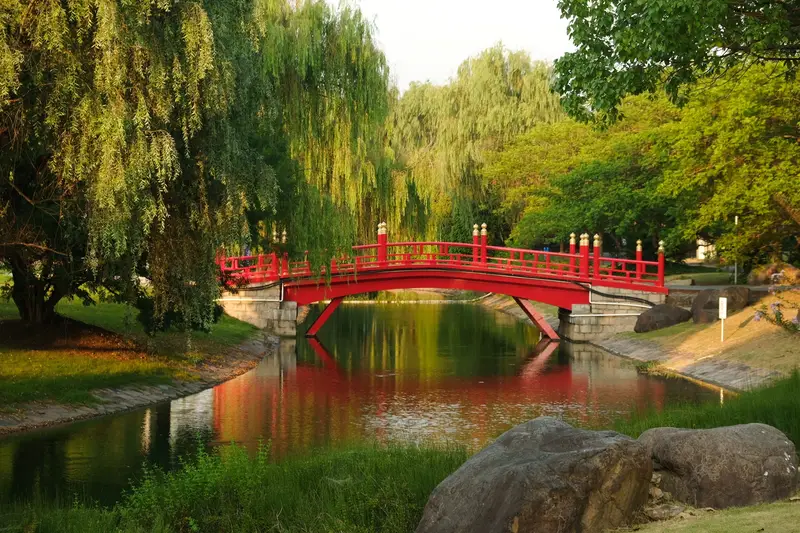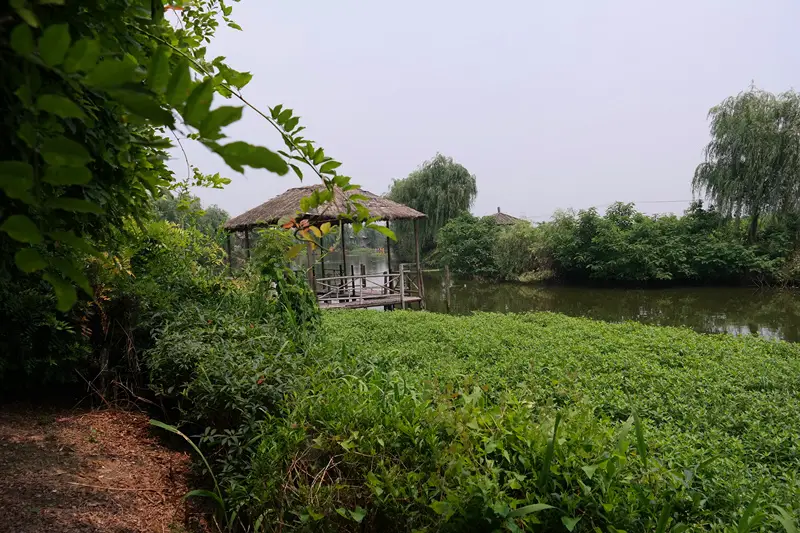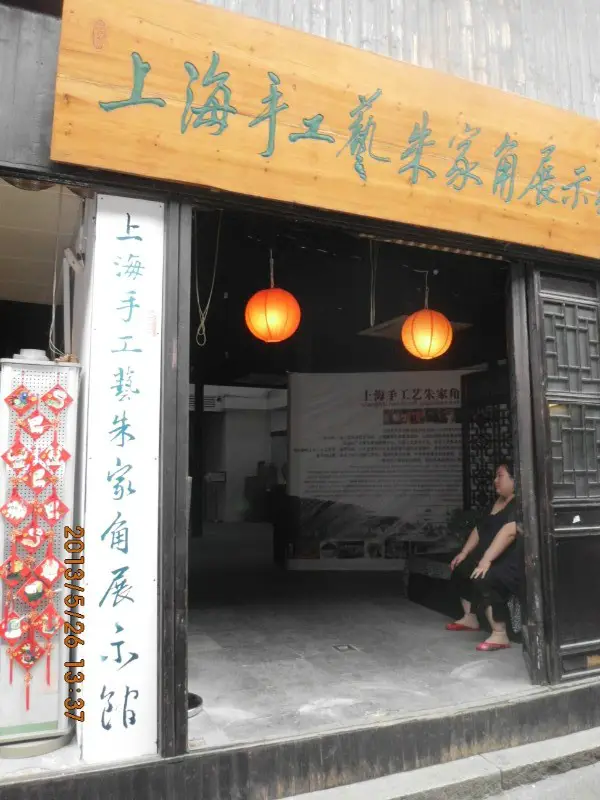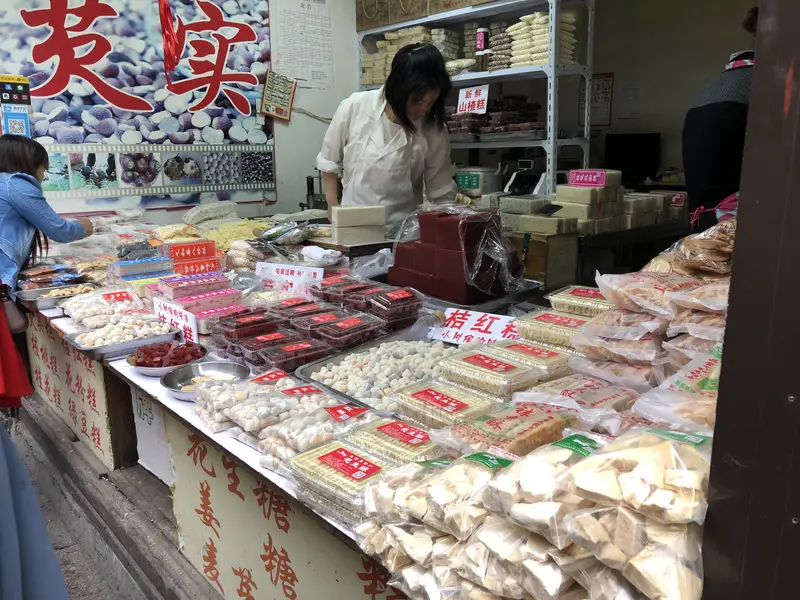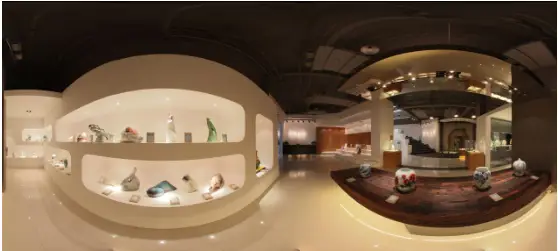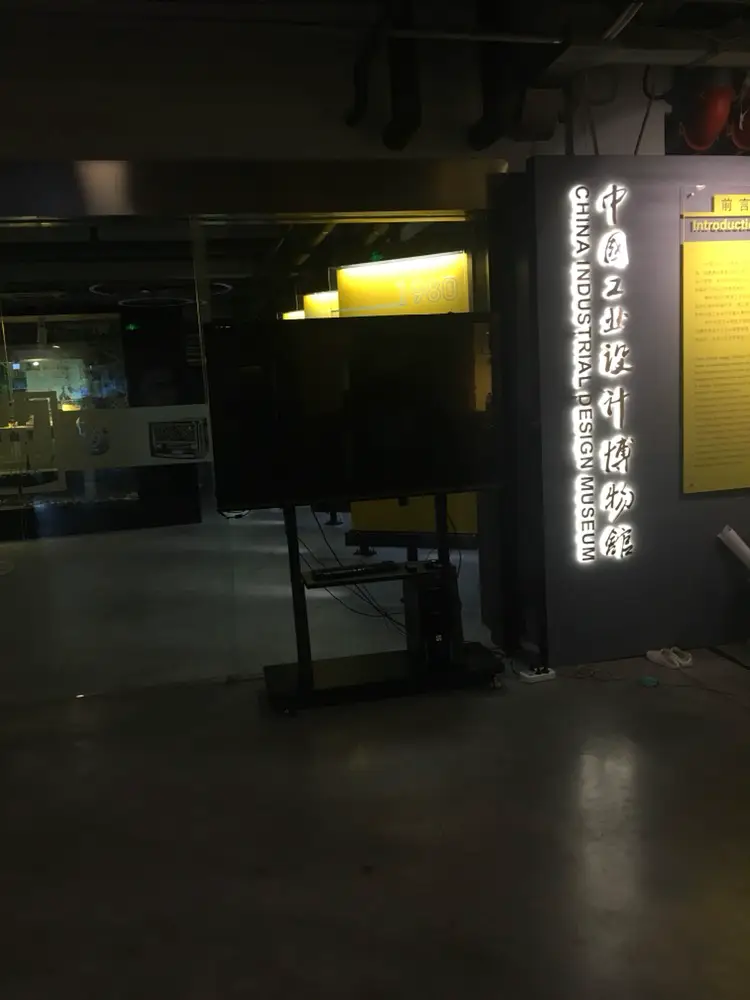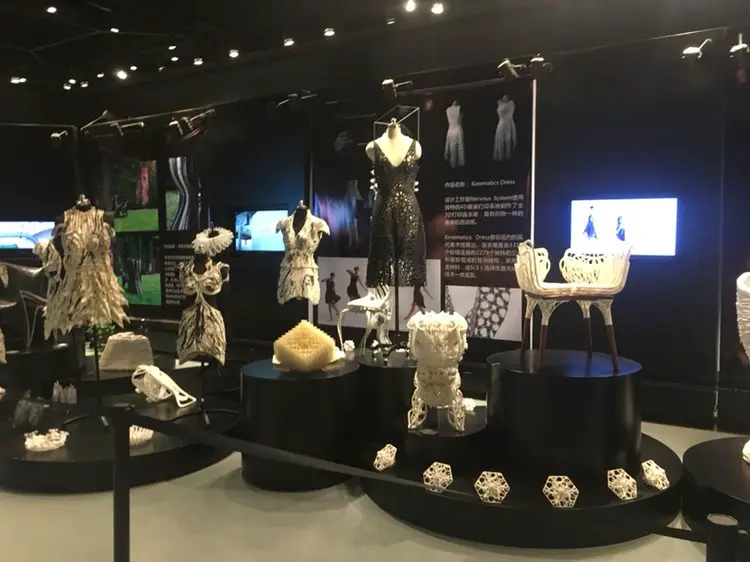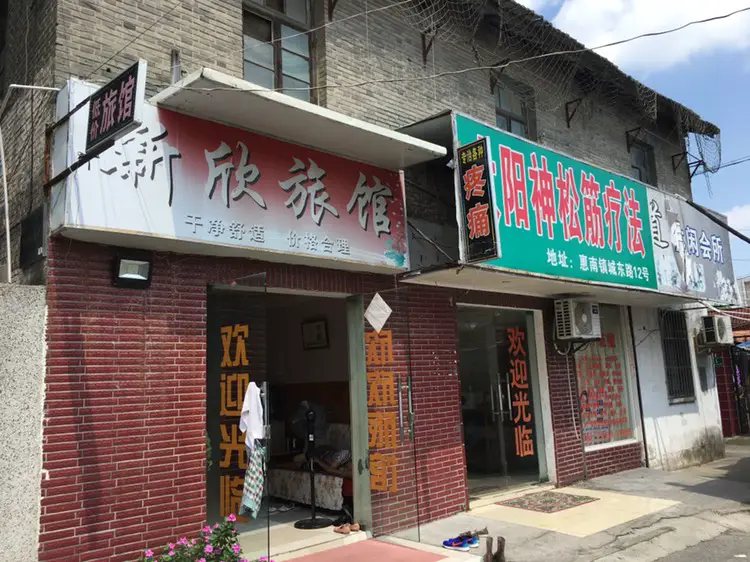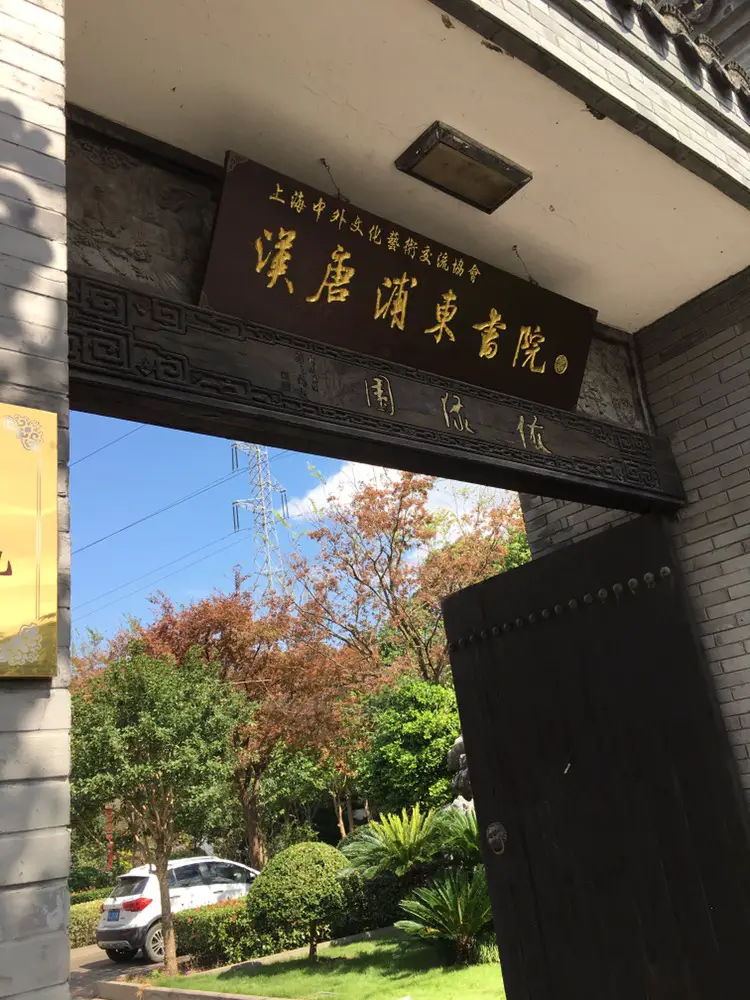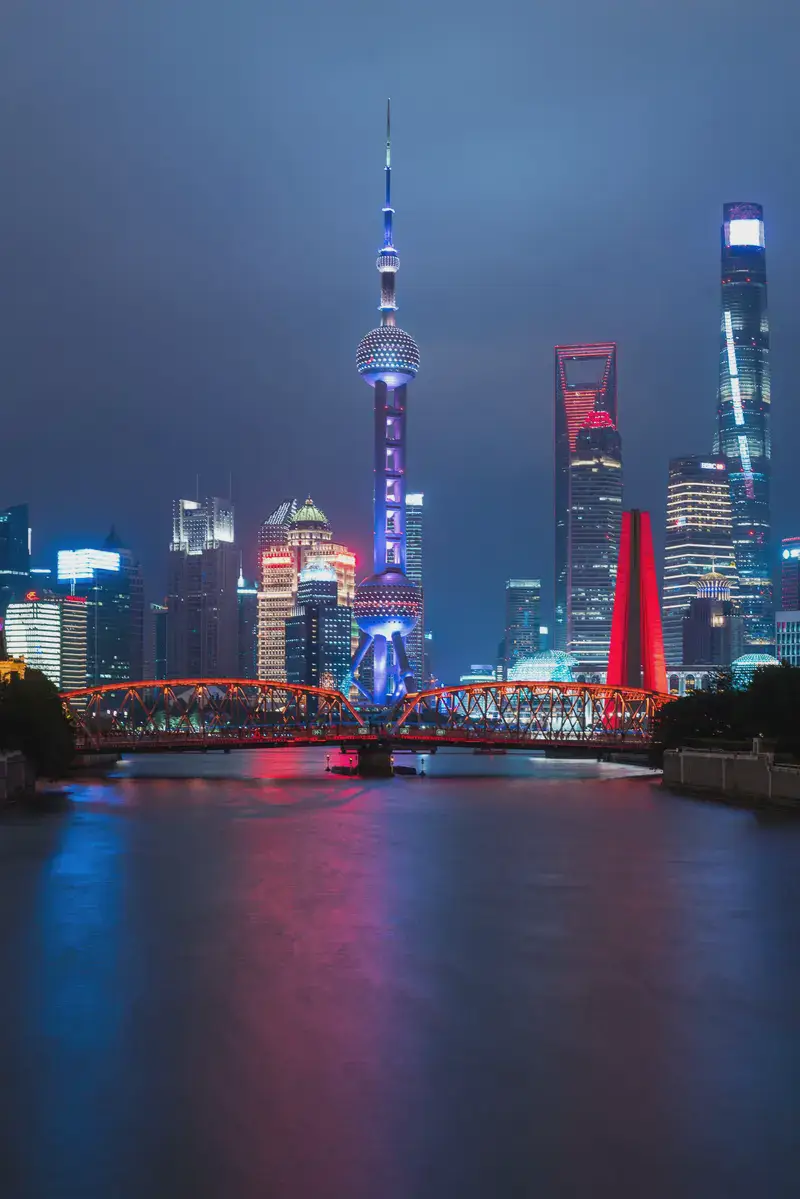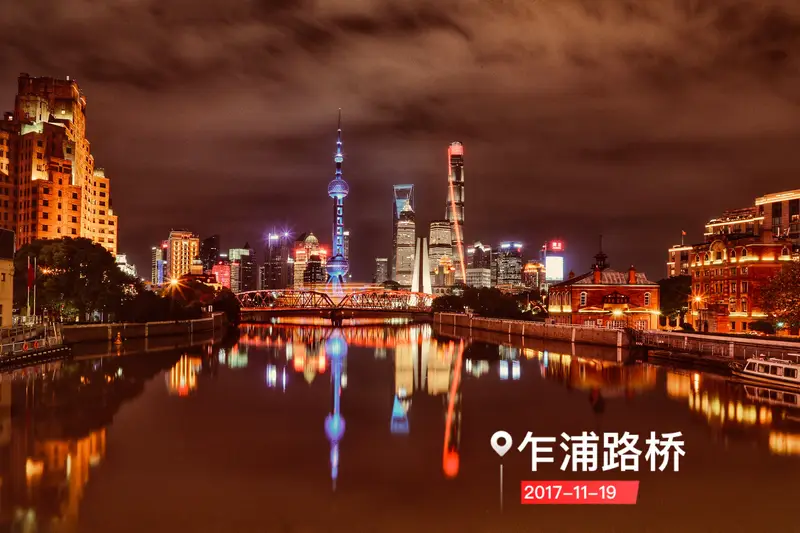Location & Transportation
The Qing Dynasty Grand Ceremony Regalia Exhibition Hall sits within the Kezhi Garden, a historic complex in Zhujiajiao Ancient Town, Qingpu District, Shanghai. To get there, take Metro Line 17 to Zhujiajiao Station (40 minutes from downtown Shanghai), then walk 20 minutes through the town’s waterways and stone bridges. Buses like Shuttle Line Zhuzhou also drop you near the garden. Driving is easy too—park at the town’s entrance and follow signs to Kezhi Garden.
Natural Scenery: A Garden Oasis
Kezhi Garden was once the largest private estate in Jiangnan during the late Qing and Republic periods. Today, it’s a peaceful oasis with lotus-filled ponds, ancient cypress trees, and rockeries. Wander paved paths lined with bamboo groves and flower beds. In spring, cherry blossoms frame the gardens, while autumn brings fiery maple leaves—perfect for photos! The layout blends traditional Chinese landscaping with a touch of royal grandeur, setting the stage for the exhibition hall inside.
Cultural Highlights: Royal Splendor Reimagined
The Qing Dynasty Grand Ceremony Regalia Exhibition Hall isn’t just about old artifacts—it’s a immersive dive into China’s imperial past. Though the displays are replicas, they’re meticulously crafted to honor the original ceremonial objects used in Qing emperors’ coronations and state events. You’ll see towering gilded flags, elaborate drums, and wooden sculptures of officials in court attire. These items were once displayed by Ma Wenqing, the garden’s early 20th-century owner, who held a high government title and wanted to showcase imperial authority. Even as replicas, the exhibits feel strikingly real—a nod to the craftsmanship and hierarchy of China’s last dynasty.
Historical Context: A Merchant’s Vision
Kezhi Garden itself tells a story. Built by Ma Wenqing, a wealthy merchant who bought his official rank, the estate reflects both his power and admiration for imperial culture. The exhibition hall’s regalia weren’t just decorations; they symbolized Ma’s attempt to bridge civilian life with royal prestige. While the Qing Dynasty ended centuries ago, this space lets visitors glimpse how local elites once emulated the empire’s grandeur—even in a sleepy watertown.
Practical Visit Details
- Tickets: Entry to Kezhi Garden costs ¥10 (~$1.40) and includes access to the exhibition hall. Buy tickets at the garden’s gate.
- Hours: Open daily 8:30 AM–4:30 PM (last entry at 4 PM).
- Guided Tours: Free English-speaking guides run hourly tours, offering deeper insights into the regalia’s meaning and Ma’s legacy.
- Amenities: Clean restrooms, benches for resting, and a small café serving tea and snacks.
Immersive Experience: What to Expect
Visiting the Qing Dynasty Grand Ceremony Regalia Exhibition Hall feels like stepping into a historical drama. The dim lighting and traditional wooden architecture create a solemn atmosphere. Don’t miss the central hall, where rows of replica banners stand like silent sentinels—they represent the 24 dynastic symbols of power. Some exhibits even include audio clips of drums or chants, adding a layer of sensory detail. For history buffs, it’s a chance to connect with China’s imperial roots without the crowds of Beijing’s Forbidden City.
Tips for Your Trip
- Photo Ops: Wear bright clothes to contrast with the muted tones of the exhibits. The garden’s ponds reflect the hall’s roof beautifully in morning light.
- Combine Visits: After the hall, explore Zhujiajiao’s other attractions—like the Fangsheng Bridge or boat rides on the canal.
- Avoid Rush Hours: Weekdays are quieter; weekends draw more tour groups. Arrive by 9 AM to beat the crowds.
Whether you’re fascinated by China’s royal history or just love serene gardens, the Qing Dynasty Grand Ceremony Regalia Exhibition Hall offers a unique blend of nature and culture. It’s a reminder that even replicas can spark wonder—and a connection to the past.


